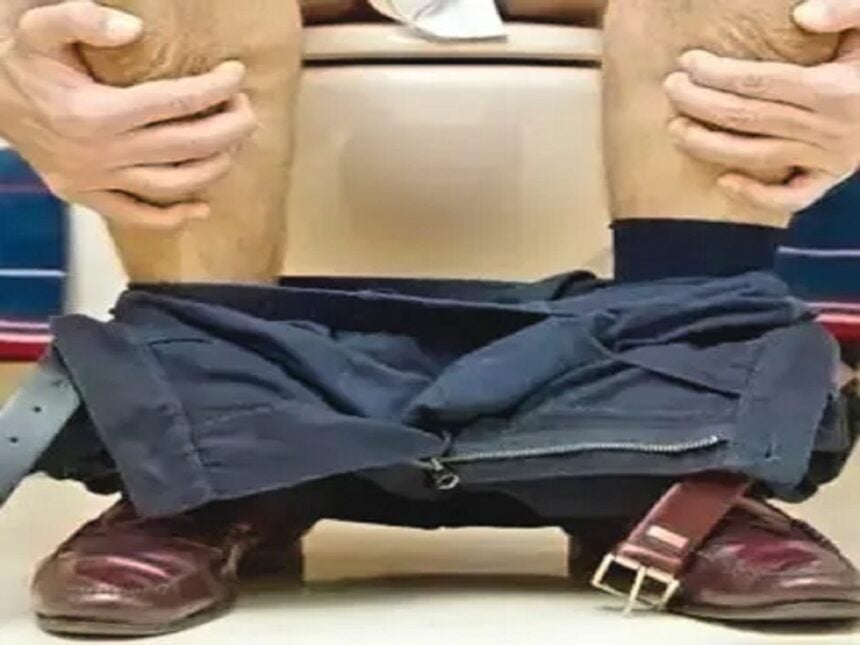There is blood in my stool consistently for 3 days. It is painless and I don’t see any other symptoms. Is it haemorrhoids or something more serious?
Shade (by SMS)
Not necessarily, but it could be. It’s a good idea to check with your doctor anytime you have rectal bleeding or blood in your stool. Some minor conditions might not need treatment, but sometimes they might. Rectal bleeding could also be a sign of a more serious condition that needs treatment. Bright red blood in your stool might be more alarming because it suggests active bleeding. Darker blood usually suggests older bleeding that’s not active anymore.
But darker blood in your stool can be deceiving. It doesn’t always mean the bleeding has stopped, only that it’s coming from someplace higher up. Bleeding in your upper GI tract takes longer to travel through your body and out of your anus. As it travels, the digestive chemicals inside gradually turn it darker. Bright red blood comes from lower down. It could be from something relatively harmless, like a flesh wound.
You might not be particularly surprised if you have bleeding when you have constipation, diarrhea or a chronic bowel disease. On the other hand, if blood in your stool is your first sign of any gastrointestinal disease, this is more surprising and concerning. Pain is always a red flag that something in your body needs attention. Notice where the pain is located. If it’s in your anus or rectum, it might be a fresh wound. If you feel pain in your lower abdomen, it might be colitis — inflammation in the lining of your colon, which has many causes.
If you have upper abdominal pain and black stools, it might be your stomach. There are many different reasons why you might experience hematochezia — rectal bleeding or blood in your stool. These causes vary from common and mild conditions to more severe and rare conditions that need immediate medical attention. Sometimes other symptoms can offer clues to the possible cause.
Common causes of rectal bleeding include: Hemorrhoids, or piles, swollen veins inside your rectum or anus. They’re very common, and they’re the most common cause of rectal bleeding. An anal fissure is a tear in the lining of your anal canal. Like a hemorrhoid, it often happens after straining to pass a hard stool. Anal fissures are easily mistaken for hemorrhoids. They both relate to constipation, and both can cause anal pain and bleeding. A fissure can be more painful. Both can heal on their own, but sometimes a fissure needs treatment to heal.
Peptic ulcers happen in your stomach or duodenum, the top of your small intestine. They happen when stomach acid wears away the protective lining, creating open sores. An ulcer causes a burning or gnawing kind of stomach pain, and it may bleed. Bleeding in your upper GI tract takes longer to come out, so the blood may be dark, black and tarry.
In addition, straining too hard to poo can cause rectal bleeding. Constipation and straining to poop can cause rectal bleeding. When you strain, you can cause conditions like hemorrhoids or anal fissures, which may bleed. Very hard stools may tear the skin inside your anus, causing bleeding. In most cases, treating rectal bleeding means treating the disease that’s causing it. The treatment will depend on the cause, which could be many things. If your rectal bleeding is from an anal fissure or a hemorrhoid that you can reach, you might be able to help treat it at home with topical ointments.
READ ALSO: My chronic constipation
WATCH TOP VIDEOS FROM NIGERIAN TRIBUNE TV
- Let’s Talk About SELF-AWARENESS
- Is Your Confidence Mistaken for Pride? Let’s talk about it
- Is Etiquette About Perfection…Or Just Not Being Rude?
- Top Psychologist Reveal 3 Signs You’re Struggling With Imposter Syndrome
- Do You Pick Up Work-Related Calls at Midnight or Never? Let’s Talk About Boundaries







